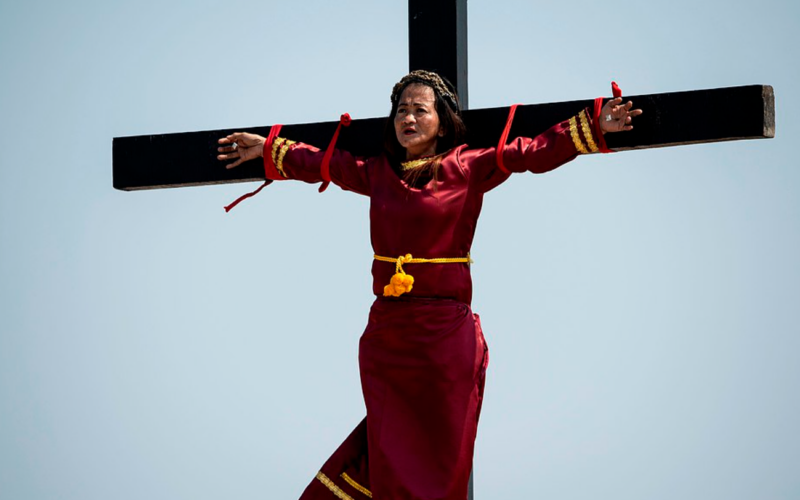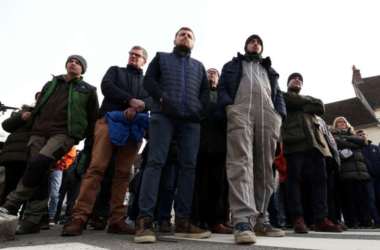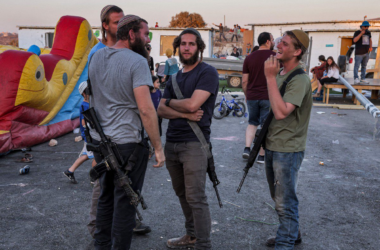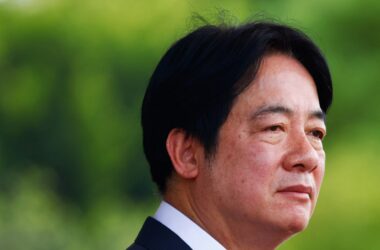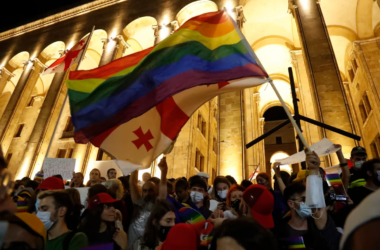In a solemn yet controversial tradition, Catholic devotees in the Philippines participated in a re-enactment of Jesus Christ’s crucifixion on Good Friday, enduring the scorching heat in the village of San Pedro Cutud in Pampanga province, north of the capital Manila.
Approximately 20,000 Filipino and foreign visitors gathered to witness this annual display of devotion, despite disapproval from the Roman Catholic Church in the Philippines. The event involved actors portraying Roman soldiers, who whipped devotees carrying crosses before nailing them to wooden crosses, symbolizing the crucifixion of Jesus Christ.
Ruben Enaje, 63, led the ceremony for the 35th time, expressing his contemplation on the sufferings of Jesus as he walked with the cross. Enaje, along with two others, endured the painful ordeal of having three-inch nails hammered through their hands and feet.
Reflecting on his participation, Enaje shared his thoughts with reporters, acknowledging the physical toll of the ritual as he grows older. The tradition, although deeply ingrained in the culture of San Pedro Cutud, raises questions about the limits of religious observance and personal endurance.
Aside from the main event in San Pedro Cutud, seven more individuals were crucified in other villages across Pampanga, showcasing the widespread observance of this extreme act of faith during Holy Week.
The crucifixion ritual stands as one of the most extreme displays of devotion in the predominantly Catholic Philippines, where a significant majority of the population identifies with the Roman Catholic faith. The practice, rooted in Christian beliefs about the sacrifice and resurrection of Jesus, holds profound significance for many believers.
During Holy Week, some devotees engage in acts of self-flagellation with bamboo whips, seeking penance and purification of sins, despite disapproval from the Catholic Church, which advocates for prayers and sincere repentance as sufficient observance of Lent.
While the crucifixion ritual and other extreme forms of devotion may evoke controversy and concern, they reflect the deep-seated faith and spiritual fervor of individuals in the Philippines, highlighting the diverse expressions of religious belief within the country.




